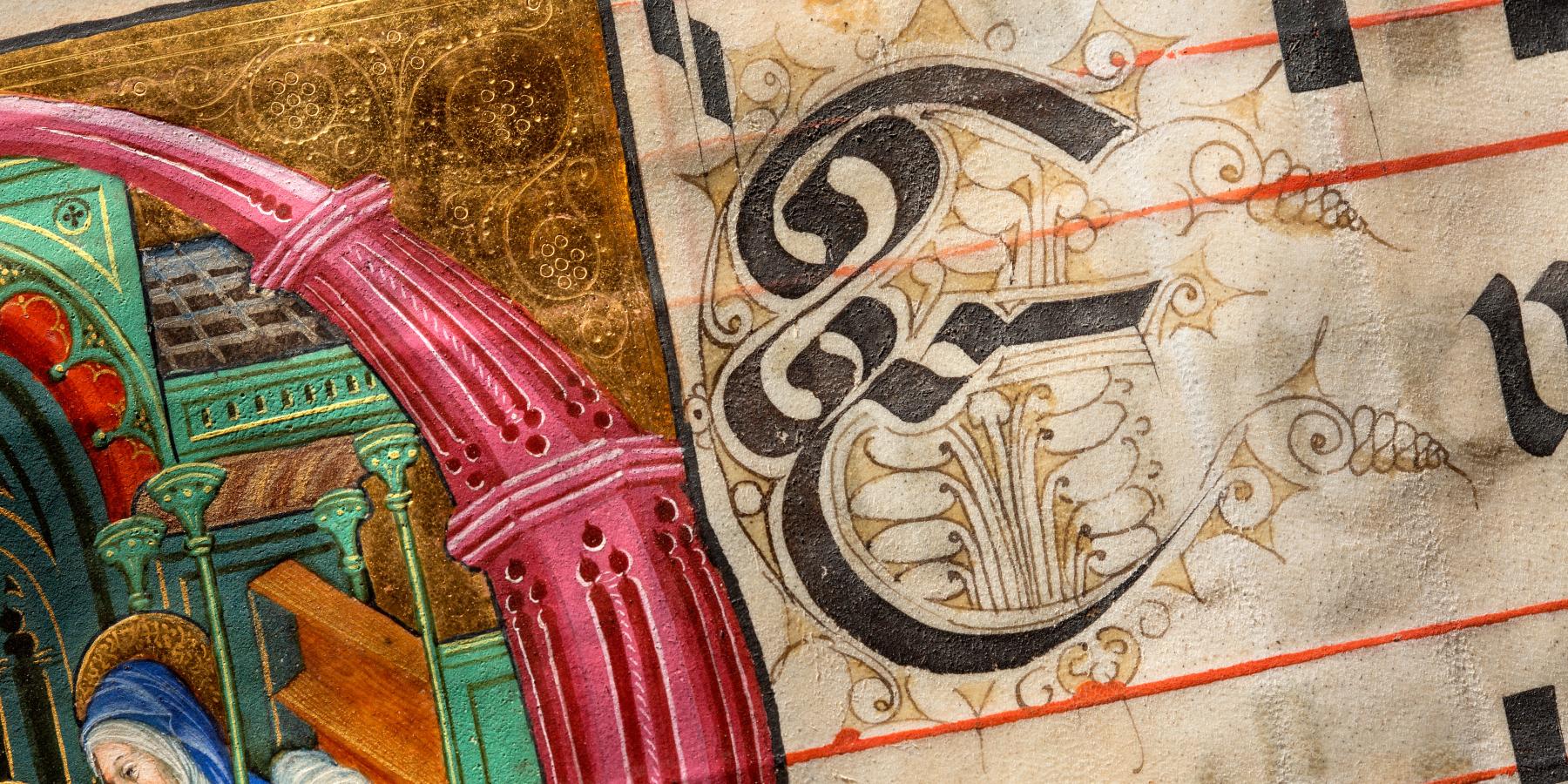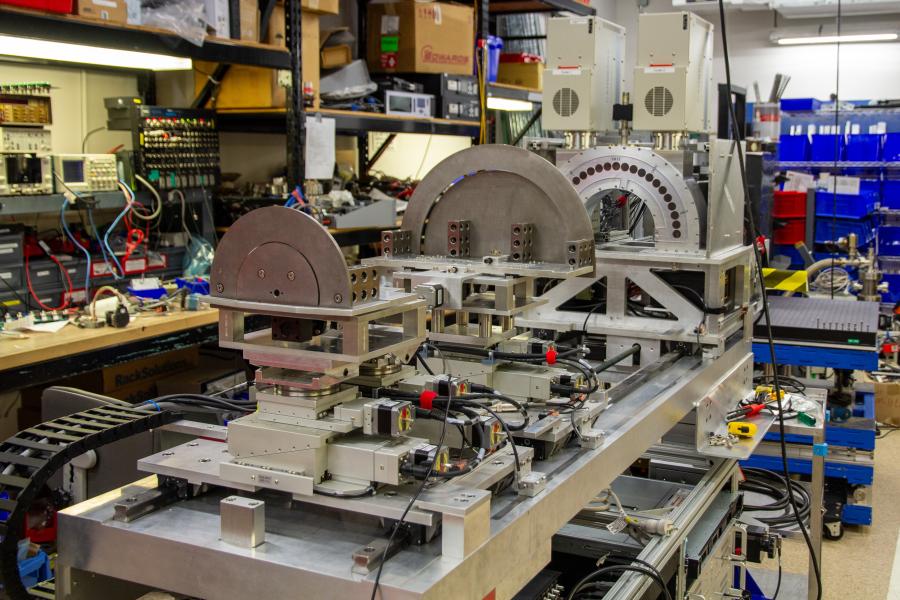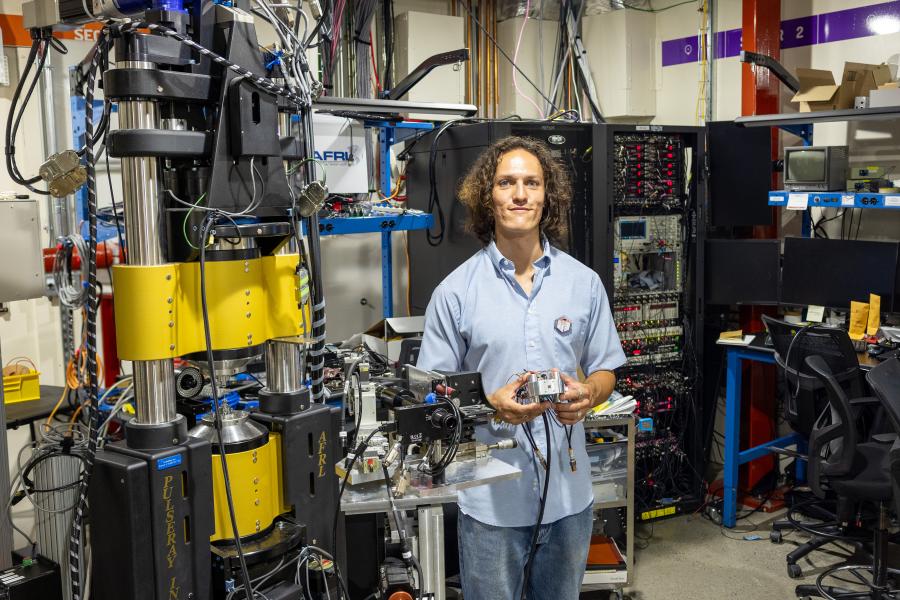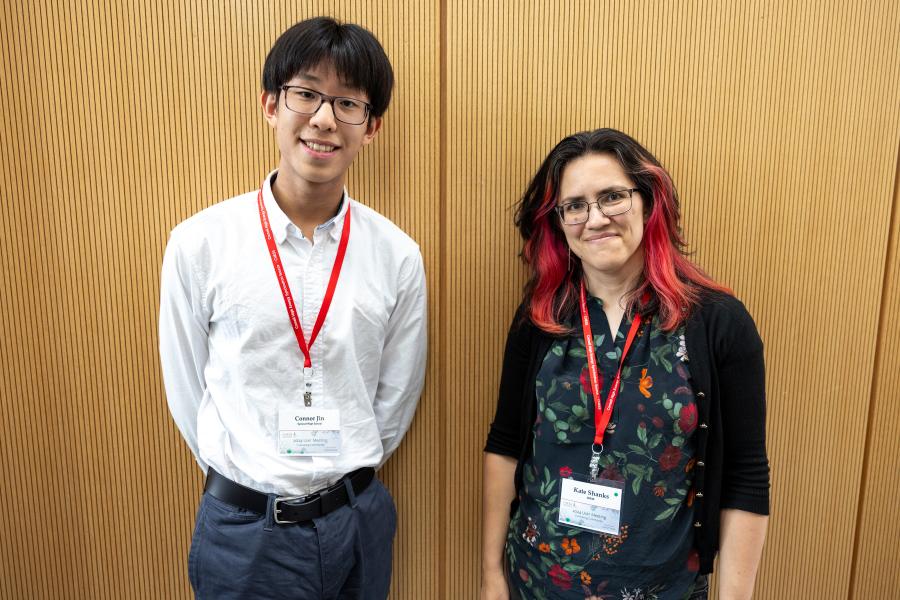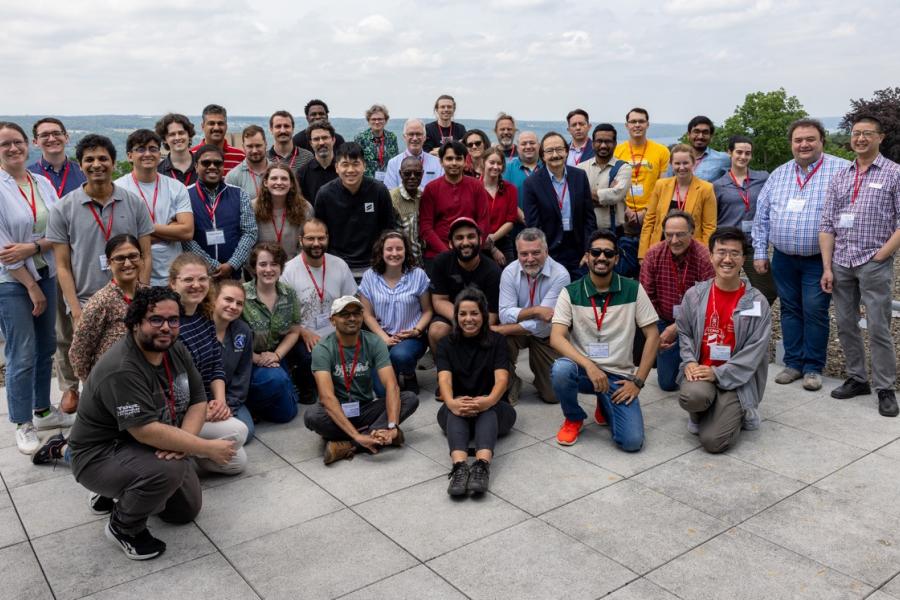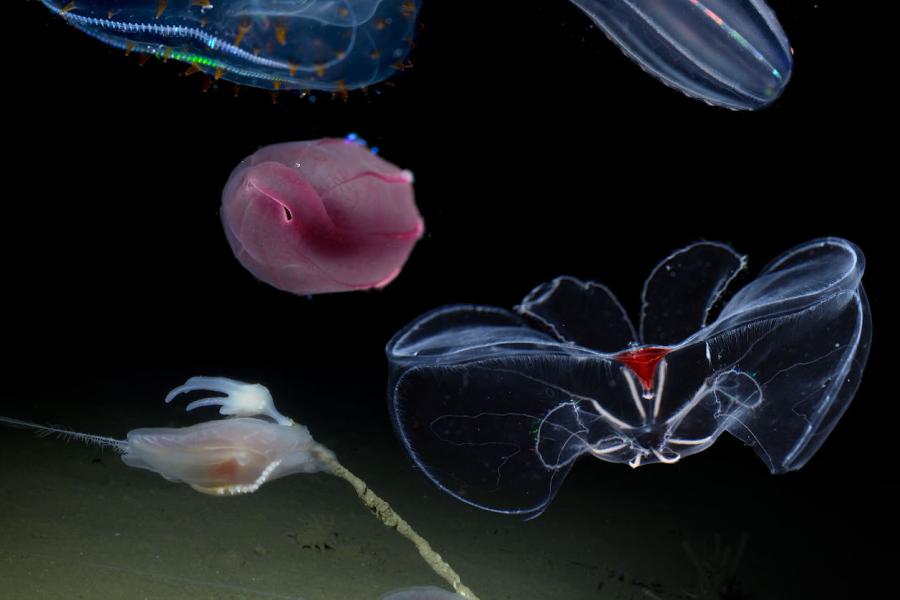Sidebar Menu (View Pages)
- Status
- ⌃ Science
- ⌃ Users
- ⌃ Facilities
- ⌃ Public
- Industry
- ⌃ About
Tags
Featured
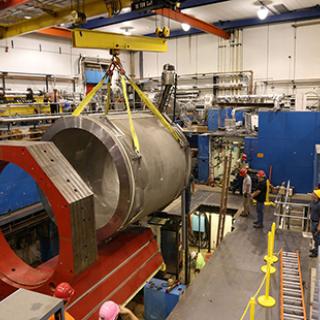
With CLEO detector gone, CHESS facility looks back, ahead
Three months ago, without a whole lot of fanfare, an era in particle physics at Cornell came to an end.
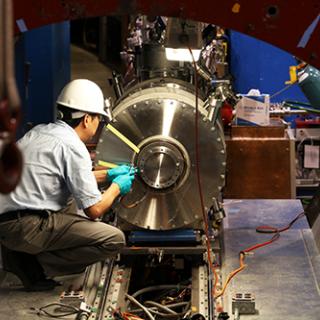
Science case for CHESS-U upgrade project released
CHESS Director Joel Brock recently announced the exciting news: “Over the next two years, the CHESS-U project will transform the laboratory. We will do this by optimizing the particle accelerator for x-ray production, and enhancing our x-ray capabilities through unique technology. This upgrade will introduce new scientific possibilities for our users and the synchrotron scientists of tomorrow.”
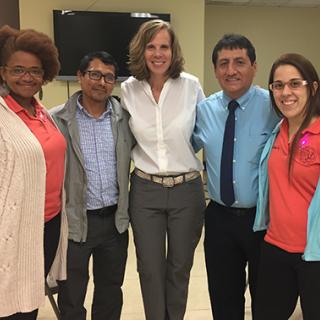
Xraise, the CHESS outreach program, extends its reach to Puerto Rico
Universities across the country are investigating various ways to successfully recruit and retain minority students in an effort to train a more diverse pool of scholars prepared for careers in science and engineering.
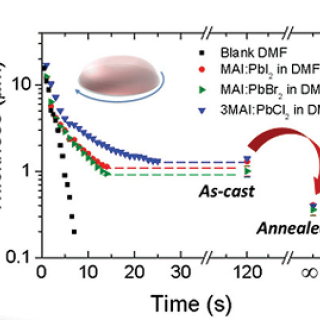
Formation of high-performance photovoltaic materials from solution
Mixed organic-inorganic halide perovskite materials have been in the spotlight in the photovoltaics research community due to excellent optoelectronic properties and the potential of cost-efficient production via solution processing.
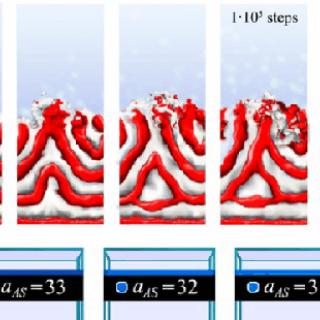
In-situ x-ray scattering studies of solvent vapor annealing reviewed
Based on research spanning more than 15 years at CHESS and at HASYLAB, Christine M. Papadakis at the Technical University of Munich (TUM), Germany, Dorthe Posselt at Roskilde University, Denmark, and CHESS staff scientist Detlef Smilgies published a comprehensive review on in-situ solvent vapor annealing processes in block copolymers, based on their own work and important contributions by other groups [1].
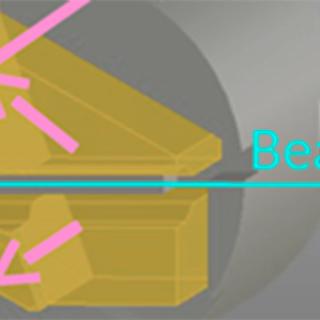
The CESR Test Accelerator program (CESR-TA): After the reassembly
The storage ring CESR is back in operation after major renovations this summer: The 1500-ton CLEO-II High Energy Physics (HEP) detector was removed in preparation for future upgrades of CESR. (The CLEO-II detector was the third HEP experiment in CESR, which utilized electron-positron collisions to study b- and c-quark-based subatomic particles, as verification for the Standard Model of HEP.)
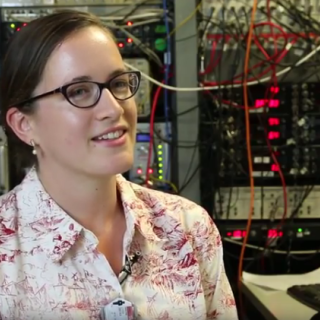
From X-rays to the Met
Louisa Smieska, a former Post-Doc at the Cornell High Energy Synchrotron Source (CHESS), explains how chemistry and art brought her to become a synchrotron scientist.
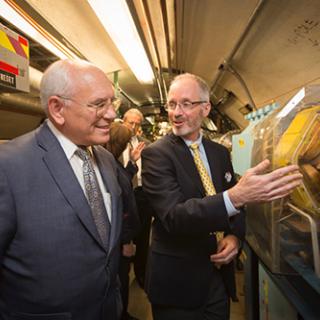
Congressman Tonko visits CHESS
New York State Congressman Paul Tonko took a tour of CHESS on Tuesday, November 1st, meeting with staff, users and local companies that will be impacted by CHESS-U, the upgrade that will optimize the accelerator for x-ray production.
